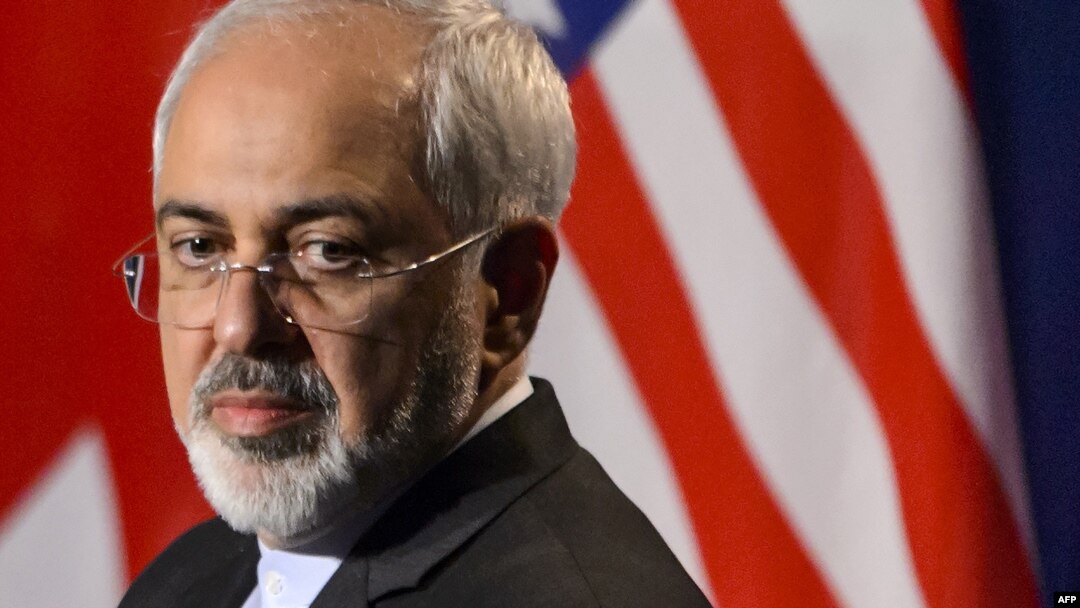Tired of waiting for the Foreign Ministry to shed light on a historic framework nuclear agreement it reached with world powers, a group of Iranian lawmakers has gone rogue and issued a list of recommended changes to the deal.
Ever since the agreement was announced on April 2, different interpretations of key parameters of the deal have been presented.
Washington got the jump in this respect by quickly issuing a "fact sheet" on the agreement's terms.
Iranian lawmakers subsequently heaped pressure on their government to publish its own document listing commitments made by both sides. After dragging its feet, Foreign Minister Mohammad Javad Zarif announced on April 14 that its own fact sheet was being prepared, with the supreme leader's blessing.
But the renegade lawmakers jumped the gun and released their own "Recommended Fact Sheet" that sees the deal much differently to Washington.
The 12-point document, published by Iran's semiofficial Fars news agency on April 15, covers some of the stickiest points in the deal. The document says a final deal should be governed by the "red lines" issued by Supreme Leader Ayatollah Ali Khamenei that protect Tehran's “nuclear achievements.”
Sanctions
The document calls for the "immediate lifting of all sanctions on the first day of the implementation of the final agreement," mirroring recent remarks by Khamenei. Lawmakers state that Iran's commitments are "reversible if world powers break their obligations." The U.S. document states there would be a gradual easing of sanctions once Tehran has met its commitments, and sanctions could "snap back" if the deal is violated.
Research & Development
The Iranian lawmakers' document says there should be no restrictions on Tehran's research and development of advanced centrifuges -- machines that can spin uranium gas to levels high enough to be used in nuclear warheads. The U.S. document says Iran will be allowed only "limited" research and development.
Length Of Deal
According to the U.S. fact sheet, many of the limits on Iran's nuclear activities would be in place for a decade, while others would last 15 or 20 years. But the Iranian lawmakers' document recommends that the agreement lasts only five years.
Centrifuges
The lawmakers' fact sheet calls for the development of 190,000 centrifuges by 2021, which is 20 times Iran's current capacity and a goal set by Khamenei. It also calls for the "preservation of nuclear facilities." The U.S. fact sheet says that Iran would halve the number of working centrifuges to about 5,000 centrifuges, and it will modify some of its nuclear facilities.
Beaten To The Punch
The parliamentarians' recommendations, combined with U.S. draft legislation that would give Congress a say in a final deal, can be expected to pose difficulties when negotiations on a final nuclear deal begin.
The lawmakers' document was released a day after 213 MPs from the 249-seat parliament signed an open letter to Foreign Minister and chief nuclear negotiator Zarif calling for the immediate release of an Iranian fact sheet.
"Since no credible text on the part of the Islamic republic is available other than the joint statement [by the negotiators], and because the explanations and interpretations of the Foreign Ministry can be useful for examining and clarifying stances and the viewpoints of critics can help in drafting the final text properly, we ask the ministry to release the Iranian fact sheet," the statement said.
The lawmakers' document also came just a day after a U.S. Senate's Foreign Relations Committee unanimously approved a bill that would give Congress a say on any final deal with Iran. The deadline for a final agreement is June 30.


